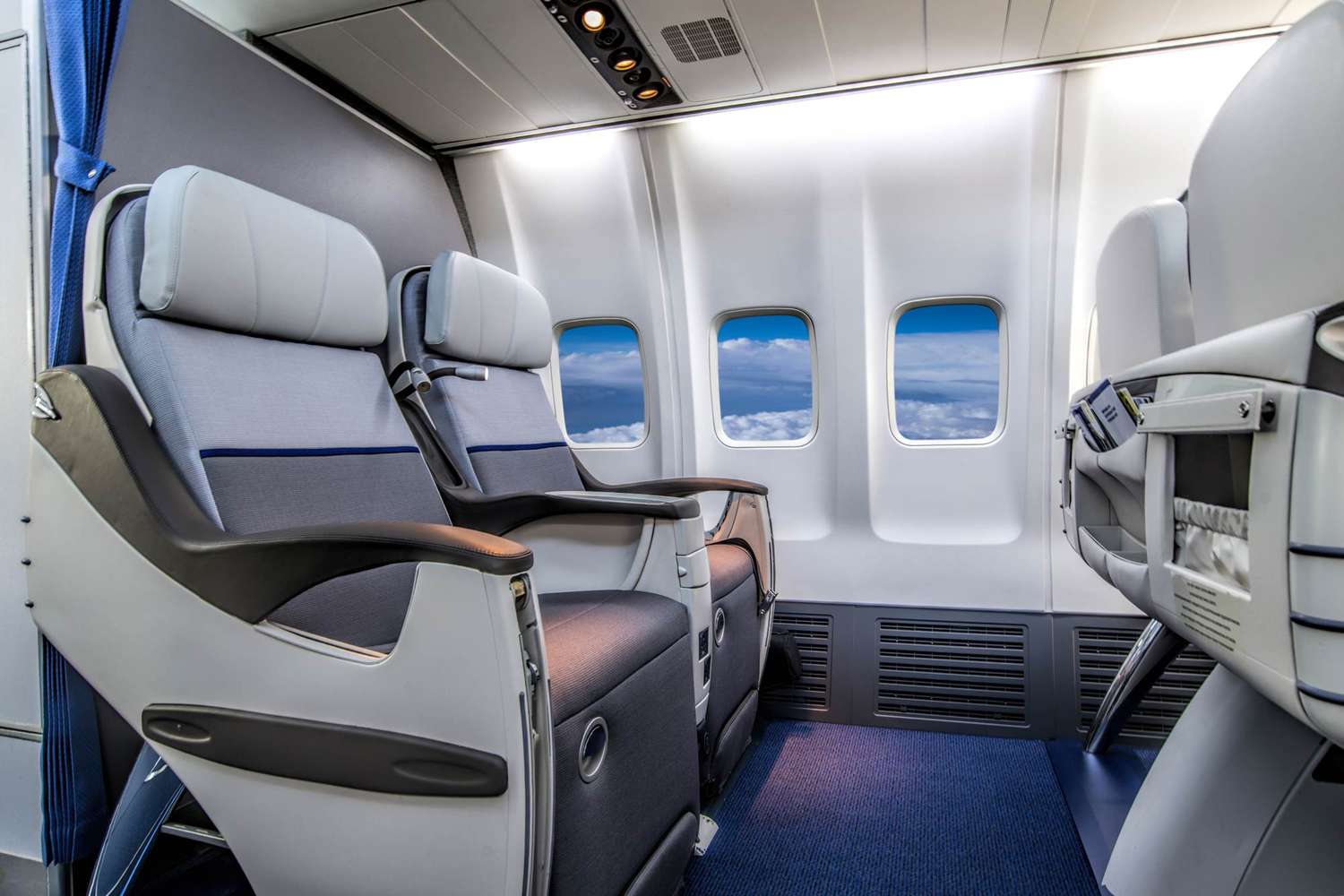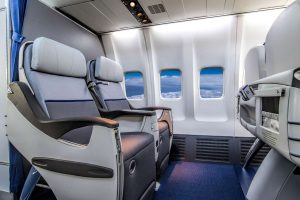In an era where air travel is a staple of global connectivity, airlines face a peculiar challenge: a scarcity of aircraft seats. As carriers endeavor to modernize their fleets with state-of-the-art amenities, such as enhanced entertainment systems and spacious seating arrangements, a bottleneck emerges in the form of seat shortages.
This conundrum, exacerbated by a combination of supply chain disruptions and increased demand for air travel, presents a formidable obstacle for airlines striving to enhance passenger experience and remain competitive in the industry.
Supply Chain Woes:
The aviation industry, like many others, has been grappling with supply chain disruptions stemming from various factors, including the lingering effects of the COVID-19 pandemic, logistical challenges, and shortages of critical components. These disruptions have led to delays in the manufacturing and delivery of aircraft seats, hindering airlines’ efforts to upgrade their fleets efficiently.
Rising Demand, Limited Supply:
Simultaneously, the resurgence of air travel following pandemic-induced restrictions has spurred a surge in demand for flights. Passengers, eager to resume travel and explore new destinations, are flocking back to the skies in droves. However, this surge in demand has outpaced the availability of aircraft seats, creating a supply-demand imbalance that poses a significant obstacle for airlines.
Implications for Passenger Experience:
The shortage of aircraft seats not only complicates airlines’ upgrade initiatives but also has tangible implications for passenger experience. With limited seating options available, passengers may encounter difficulties securing desired amenities, such as extra legroom or premium seating arrangements. Moreover, overcrowded flights could lead to discomfort and dissatisfaction among travelers, tarnishing airlines’ reputations and eroding customer loyalty.
Navigating the Challenge:
In response to the seat shortage dilemma, airlines are employing various strategies to navigate these turbulent skies. Some carriers are forging partnerships with seat manufacturers to expedite production and secure priority access to limited supplies. Others are exploring alternative seating configurations and refurbishment options to maximize existing resources and enhance passenger comfort.
The Path Forward:
As airlines chart a course through the turbulent waters of the seat shortage crisis, collaboration, innovation, and adaptability will be paramount. By leveraging technology, forging strategic partnerships, and prioritizing passenger experience, airlines can overcome this challenge and emerge stronger, poised to deliver unparalleled service in a dynamic and evolving industry landscape.
Opinion Piece:
In the face of the aircraft seat shortage crisis, airlines must adopt a proactive approach to address this pressing challenge. By prioritizing passenger experience and investing in innovative solutions, carriers can transform adversity into opportunity, cementing their position as industry leaders committed to excellence and customer satisfaction. As travelers eagerly embark on their next journey, let us ensure that the skies remain welcoming, comfortable, and accessible to all.





